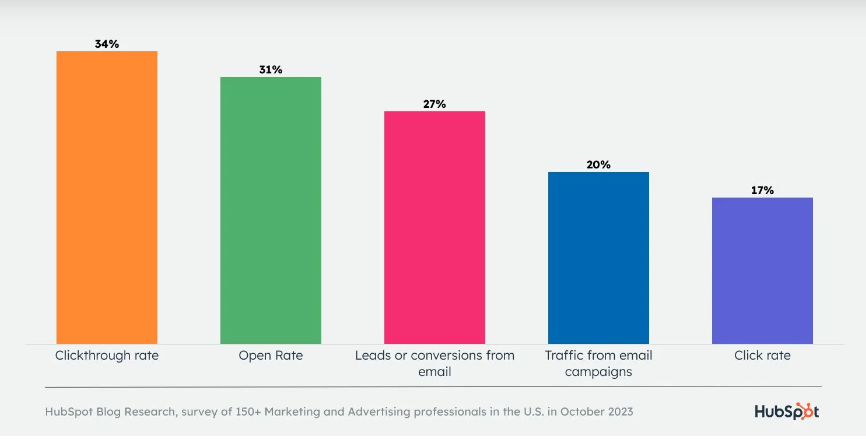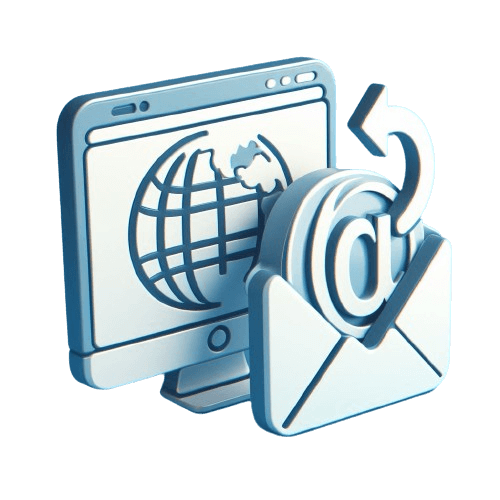⚡Quick Answer
- Define your goals and audience: First, set a specific goal and determine the right audience for your email campaign.
- Build your email: The structure and content of your email should be well-organized, appealing, and in line with your campaign goals.
- Use relevant tools: There are specialized tools and platforms for creating emails that can be effectively used by website owners.
- Automate your campaign: Apply automation in the campaign to customize messages for potential clients and correctly schedule the sending process,
- Track metrics and adjust: Analyze key email metrics to better understand user behavior and make relevant adjustments to improve the campaign.
Crafting Your First Email Campaign
Starting an email marketing campaign brings benefits like the delivery of targeted communication, cost-effectiveness in reaching a wide audience, and precise measuring of results – making it a vital strategy for the success of website owners.
Before launching the first email campaign, website owners should make some necessary preparations.
🔵 Defining Your Goals & Target Audience
First and foremost, a marketing team should set specific goals for an email campaign. Whether the goal is to drive sales, increase website traffic, or build brand awareness, having a clear objective will guide your email content and strategy.
Understanding your target audience is equally important. If your email list is segmented by demographics, interests, and preferences, you can adjust your content to resonate with specific groups of recipients.
🔵 Building Your Email Structure
To create an effective email, website owners should pay close attention to its structure and content.
- Subject Line: The subject line is the first thing recipients see, so it needs to be attention-grabbing and compelling. Customizing subject lines for your audience can boost open rates by 50%. It should give recipients a reason to open the email and convey the value they will receive.
Example: “Exclusive 20% Off! Spring Collection Inside!” - Preheader Text: The preheader text appears after the subject line in the email preview. It provides a preview of the email’s content and should complement the subject line.
Example: “Discover fresh styles for the season.” - Email Body: The body of the email should be clear, concise, and audience-focused. Use a conversational tone and address the recipient directly. Break up the content into sections with headings and use bullet points.
- Call to Action (CTA): A strong and compelling CTA is essential to drive the desired action from recipients. Make it clear, prominent, and easy to click. Use action-oriented language and create a sense of urgency if appropriate.
Examples: “Shop Now,” “Learn More” - Mobile-Friendly Design: With the increasing use of mobile devices, you need to make sure your email is mobile-friendly. Optimize your design for smaller screens, use responsive templates, and test your emails on different devices.
🔵 Tools and Resources for Email Creation
When it comes to creating emails, there are also some tools and resources to help you simplify the process and augment the visual appeal of your emails.
| Built-in Design Tools and Templates | Free Stock Photo Resources |
| Many mainstream Email Marketing Providers (ESP) offer built-in design tools and templates that allow you to create professional-looking emails. These tools provide drag-and-drop functionality, pre-designed templates, and customization options to suit your brand’s style. These tools allow you to integrate both pre-built and custom-made email templates into your campaigns, depending on your needs | Visuals are important in email marketing. To emphasize the visual appeal of your emails, you can use free stock photo resources. Websites like Freepik, Pexels, and Pixabay offer a wide range of high-quality, royalty-free images that you can use to add visual content. |
🚨 Check also ⬇️
▶️ Best WordPress Email Marketing Plugins
Launching Your Campaign
Once you have prepared your email campaign draft, it’s time to launch and monitor its performance. This involves automation, scheduling sends, tracking results, and making adjustments to optimize your campaign.
🔵 Setting Up Automated Campaigns
Automation has become an essential tool for businesses to streamline their email marketing efforts. When businesses automate their campaigns, they can save time and deliver customized messages based on user behavior.
In this section, we will explore the benefits of automation and provide insights into creating and personalizing automated email sequences.
Here are some of the many benefits of automation:
- Increased Efficiency
- Improved Personalization
- Enhanced Customer Engagement
- Increased Sales and Revenue
To set up automated email campaigns, website owners need to create email sequences that are triggered by specific user actions or predefined criteria. The following steps help to create effective automated email sequences:
- Segment Your Audience: Segment your subscribers based on their behavior patterns, attributes, and engagement levels. This allows you to send targeted emails to specific groups, increasing engagement, conversion, and open rates.
- Map Out the Sequence: Plan the sequence of emails you want to send based on the user journey or specific triggers. For example, an onboarding sequence may include a welcome email, a series of educational emails, and a CTA email.
- Test and Optimize: Continuously test and optimize your email sequences to improve their effectiveness. Monitor metrics like open rates and conversions to identify areas for improvement.
Another key to creating effective automated email campaigns is personalization.
Businesses can deliver more relevant and engaging content customizing emails based on user behavior.
Below are some examples of personalization:
| Abandoned Cart Emails | Send automated emails to users who have abandoned their shopping carts, reminding them of the items they left behind and offering incentives to complete the purchase. |
| Re-engagement Emails | Reach out to disengaged users who haven’t interacted with your brand for a while. Send personalized emails with special offers or content that might rekindle their interest. |
| Upselling and Cross-selling | Recommend related products or offer special promotions based on a user’s previous purchases, increasing the chances of upselling or cross-selling. |
After all automation and personalization work is completed, a marketing team should give a thought to the scheduling. You should determine the optimal time and frequency to send your emails.
Consider factors like your audience’s time zone, industry norms, and previous campaign performance. Use your ESP’s scheduling feature to automate the sending process. Weekdays around mid-morning tend to be a safe bet.
🔵 Tracking Results & Making Adjustments
Once your emails are sent out, it’s time to monitor their performance. A good starting point is to focus on the key metrics that most marketers prioritize.
For instance, the top two metrics commonly tracked are the clickthrough rate, with 34% of marketers considering it crucial, and the open rate, valued by 31%.
Top Email Campaign Metrics Ranked by Marketers

| Click-Through Rates (CTR) | This metric shows the percentage of subscribers who clicked on a link within your email. A low CTR could suggest the link placement needs work or the email content wasn’t compelling enough to induce clicks. |
| Open Rates | The open rate shows the percentage of people who open an email, indicating the appeal of subject lines and the engagement level with the brand.A high open rate suggests that your emails are successfully capturing attention in crowded inboxes. |
| Conversion Rates | This is the ultimate metric, tracking how many subscribers took the desired action after clicking through your email (making a purchase, downloading a resource, etc). Analyzing conversion rates helps you assess the effectiveness of your email campaign. |
Further analysis of email metrics and A/B testing will help to better understand recipient behavior and make data-driven adjustments to email campaigns. This can involve refining your targeting, optimizing content, or adjusting the timing of sends.
Metrics information like time spent reading, email client usage, and device preferences can assist you improve future campaigns.
Closing Thoughts
Email marketing offers website owners a powerful method to nurture leads, build brand loyalty, and ultimately drive sales. Our guide provides you with the fundamental knowledge and tools to take off with your email campaign.
Remember to craft a persuasive message with a clear goal and target audience in mind. Use your ESP’s features to design, personalize, and schedule your email. Finally, track key metrics and use A/B testing to constantly improve your campaigns.
Embracing email marketing and continuously refining your approach will set you on the path to building meaningful relationships with your audience and unlocking the full potential of your website.

